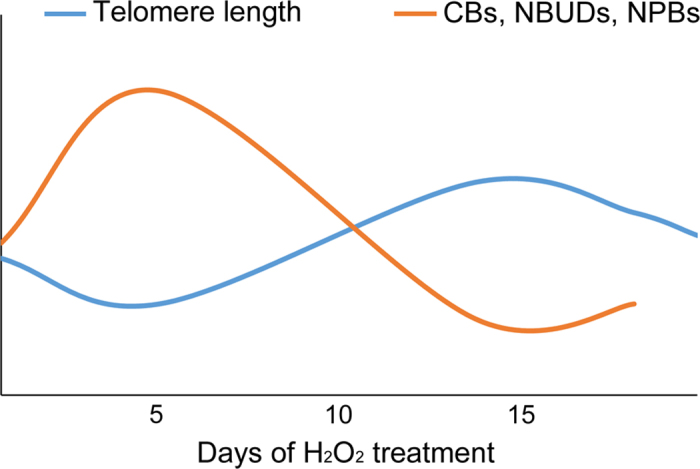Figure 5. Diagrammatic summary of the results from the present study.

The data presented in this study show that prolonged low levels of oxidative stress induce fluctuating changes in telomere length in human primary fibroblasts. The frequencies of chromosome instability markers (CBs, NBUDs, NPBs) that typically arise as a result of telomere fusions also display fluctuating changes. However, these changes exhibit an inverse correlation with the changes in telomere length, suggesting that as telomeres shorten, they fuse and cause the formation of chromosome bridges (CBs), which in turn can lead to the formation of nuclear buds (NBUDs) and nucleoplasmic bridges (NPBs). Indeed, our data show that as telomeres length decreases, CBs, NBUDs, and NPBs increase, whereas when telomeres length increases, CBs, NBUDs, and NPBs decrease. Interestingly, activation of the ALT pathway was found to coincide with telomere lengthening at the 15 day time point (see Fig. 4D).
